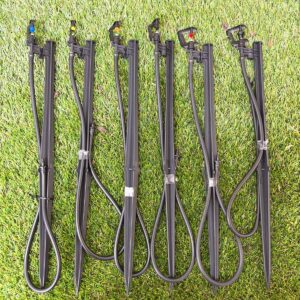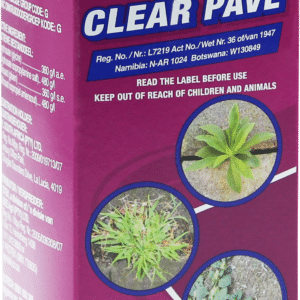Plant a hedge
Trees, hedges and borders

Plant a Hedge
When you hear the word ‘hedge’, chances are good that you think of a large, overgrown shrubby border separating your garden from that of your neighbour. The good news is that hedges have had a makeover and they have a myriad of interesting uses, such as the following:
- A low, neatly clipped hedge creates a professional edging for garden beds. By choosing a hedge in a colour which contrasts with the plants in the garden bed you can create a very effective framework for showing off your plants.
- Use a medium-height hedge to direct traffic through the garden and to line pathways. A fragrant hedge, which releases scent as you brush past it, is particularly suitable for pathways.
- Try using hedges to box in plants such as roses, which tend to look rather bare at the base of the bush.
- Use a low-growing hedge to soften the lines of a garden wall, by planting it all along the length of the wall.
- Plant a low hedging plant in a number of shallow troughs and use them to line your patio. The advantage of this type of planting is that it makes your hedge portable.
Not sure which plants to use for your hedge? Try these suggestions :
- Australian rosemary is a fast grower with greyish green leaves. It is also particularly hardy, making it suitable for coastal gardens.
- Duranta “Sheena’s Gold” has attractive yellow and lime green foliage. It is a fast grower and grows equally well in full sun and semi-shade.
- Pork bush is a great indigenous plant to use for a hedge. It is fast growing, drought resistant and can easily be grown from cuttings.
- Dune crowberry is another excellent indigenous choice. It forms a dense hedge if pruned frequently and it is particularly wind resistant and waterwise. It grows in full sun or light shade.
You might also like
Shop online
-
HAMSTER BEDDING SNUGGLE OR BEDDING SNUGGLE STUFF
- R34.99 – R39.99
- Select options This product has multiple variants. The options may be chosen on the product page Learn More
-
MIGHTY MAX 25KG
- R509.99
- Add to cart Learn More
-
COMPLETE MICRO SPRAYER
- R89.99 – R99.99
- Select options This product has multiple variants. The options may be chosen on the product page Learn More




